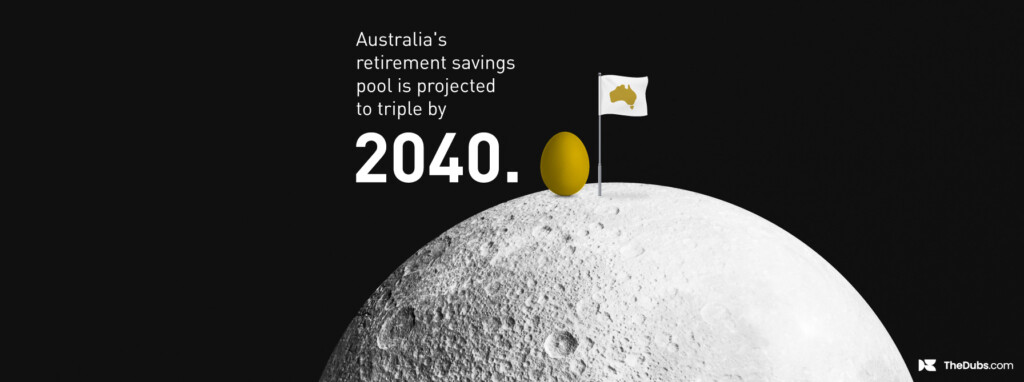Marketing maven Louise Kelly explains why understanding how your target audiences feels is more important than what they think.
Apple does a good job. Tourism Australia does a good job, but most marketing agencies are looking at the wrong intel, according to branding consultant Louise Kelly from Hearts and Minds Marketing whose clients include Westpac, Linfox and the NRMA.
Kelly is talking about using EQ, not IQ: emotional intelligence rather than quantitative information such as big data and IT-driven algorithms and corporate formulas
“If you’re not using emotional intelligence in branding you’re not really doing it,” she warns. “If you’re just talking about direct and functional benefits then you’re not actually connecting with your target audience.”
Kelly, who has an impressive background as the General Manager at Saatchi and Saatchi Direct and Digital, and head of relationship marketing in lead agencies such as Young and Rubicam, Grey, and McCann Erickson, believes there are less than 100 people in Australia “who know their stuff”.
“There are a lot of organisations that call themselves brand identity companies who don’t understand the connection with the customer. That’s not some of them, it’s most of them,” she says.
It’s just about resonance: connecting to the way people are feeling about things and harmonising with that. You’re looking at their emotional reaction to things
“They think it’s eye candy and a beauty competition, and they are sadly mistaken. Very few organisations are doing it properly – which has opportunity written all over it in big letters.”
To take advantage of this opportunity, she says brand planners need to do qualitative research to inform forging an emotional connection with the target audience and translating functional value propositions into emotional experiences that connect with the customer’s self-image.
“It’s just about resonance: connecting to the way people are feeling about things and harmonising with that. You’re looking at their emotional reaction to things,” she explains. “Gushy doesn’t equate to emotion. Emotion is something we apply, consciously or not, to every decision we make.”
Kelly cites Australian Tourism marketing as succeeding in getting behind the scenery and selling an emotional experience through an engaging campaign. “It has the really strong emotional appeal of divulging a local secret and appealing to the imagination, which has a greater resonance than just outlining practical benefits. The difference in profitability outcomes can be 10 times greater with proper emotional engagement.”
Connection and engagement are the key foundations to crafting an effective marketing message, she says. United States Marketing Hall of Fame titan David Aaker breaks this down by explaining that stories and context, along with credibility, are increasingly important in snaring customer interest.
“Brand leaders have to understand the need to aim conversations at customer interest and passion areas, and not just in what the company is trying to sell,” he says. “People are interested in babies, not diapers, and thus Pampers Village was created. Women care more about Avon’s fundraising walks for breast cancer than they do about lipstick. It helps if brand has a higher calling, a sense of purpose that people admire, and shared values.”
By using EQ, Kelly says, “the message has more charge to it and that depth of feeling generates a greater need”. That’s the connection. And when a message goes viral you know that you are absolutely on point. “When it goes viral it’s because people like sharing things that reflect their self-concept.” You’re never going to get that reaction with just a logo and a tagline.
Subscribe now for content marketing insights and trends straight to your inbox.









